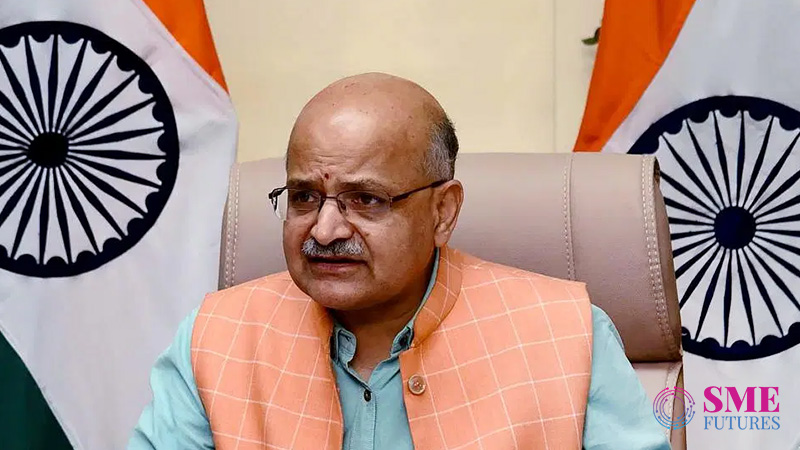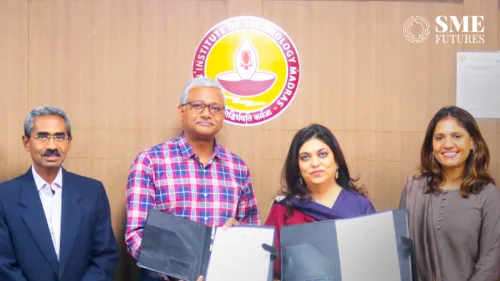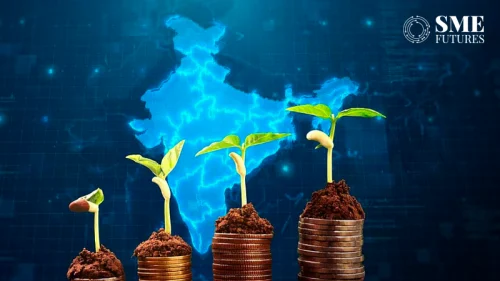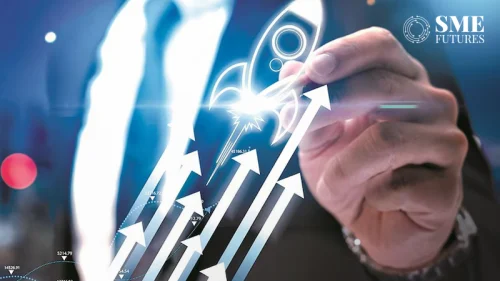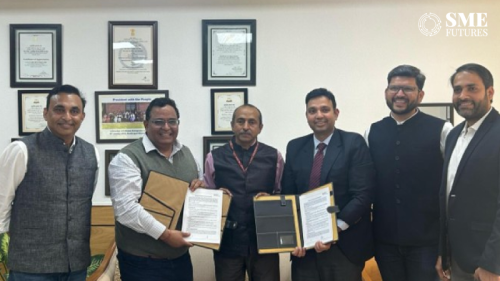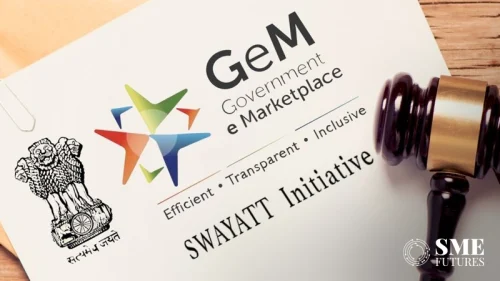The latest consumer expenditure survey indicates that poverty has come down to five per cent in the country and people are becoming prosperous both in rural and urban areas, NITI Aayog CEO B V R Subrahmanyam said on Sunday.
The National Sample Survey Office (NSSO), under the Ministry of Statistics and Programme Implementation, released data on household consumption expenditure for the year 2022-23 on Saturday which shows per capita monthly household expenditure more than doubled in 2022-23 as compared to 2011-12.
“This long-awaited consumer expenditure survey has brought out many things. With data on household consumption, we can assess what is the status of poverty in the country and how successful the poverty alleviation measures have been, Subrahmanyam told reporters.
“The survey findings indicate that poverty in India is below five per cent now. I am convinced with the data, he said.
He said that for the purpose of the survey, people were kept in 20 different categories and the data showed that the average per capita monthly expenditure for all categories stood at Rs 3,773 in rural areas and Rs 6,459 in urban areas. The average per capita monthly expenditure of 0-5 per cent fractile class is pegged at Rs 1,373 in rural areas and Rs 2,001 in urban areas.
“If we take the poverty line and inflate it with the Consumer Price Index (CPI) to today’s rate, we see that the average consumption of the lowest fractional, the 0-5 per cent, is about the same. This means poverty in the country is there in the 0-5 per cent group only,” the NITI Aayog CEO said.
“This is my assessment. But economists will analyse it and come out with absolutely correct numbers,” he added.
Citing the survey data, Subrahmanyam said the increase in consumption both in rural and urban areas is about 2.5 times.
“This shows that the progress in the country is happening in both urban and rural areas,” he added.
Another significant takeaway from the survey findings is that consumption in rural areas is growing faster than in urban areas, thereby narrowing the gap, Subrahmanyam said, adding, “Disparities are coming down.” According to the survey data, the gap was 84 per cent in 2011-12 and has come down to 71 per cent in 2022-23. The gap was at its peak of 91 per cent in 2004-05.
If the trend continues, it is possible that urban and rural incomes and consumption will be the same in the coming years, Subrahmanyam said.
The NSSO survey indicates a significant fall in the consumption of cereals and food in the country. In rural areas, consumption of cereals as a share in the average MPCE (Monthly Per Capita Consumption Expenditure) has gone down from 22 per cent in 1999-2000 and 10.7 per cent in 2011-12 to less than five per cent now.
The total consumption of food in rural areas as a share in the average MPCE has gone down from almost 60 per cent in 1999-2000 and 53 per cent in 2011-12 to 46 per cent now, according to the survey.
Consumption of cereals and food in urban areas as a share has gone down from 12 per cent in 1999-2000 and over six per cent in 2011-12 to less than four per cent now, while the total consumption of food in urban areas as a share in the average MPCE has gone down to 39 per cent for the first time ever from almost 50 per cent in 1999-2000 and 43 per cent in 2011-12.
“This means people are becoming prosperous with extra income. And with this increased prosperity, they are spending more on other things than food. And in food, you will see they are drinking more milk, eating fruits and more vegetables. And the most significant is that they are spending more on processed food,” he said.
Subrahmanyam said after the NSSO survey, the consumer price index will have to be rebalanced to represent current consumption patterns.
“The contribution of food to CPI inflation will be lower and probably was lower in earlier years also. This means inflation was being overstated and is probably less as food has been a major contributor to inflation,” he said, adding that the NSSO survey may have implications on GDP.

